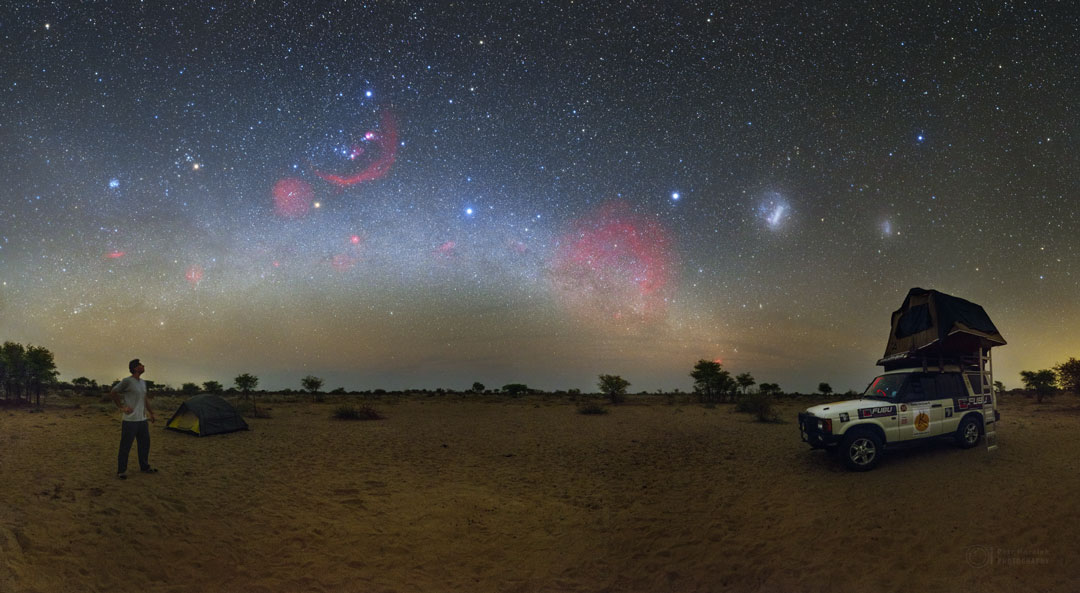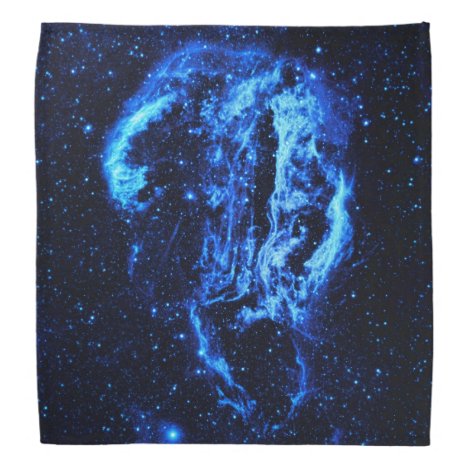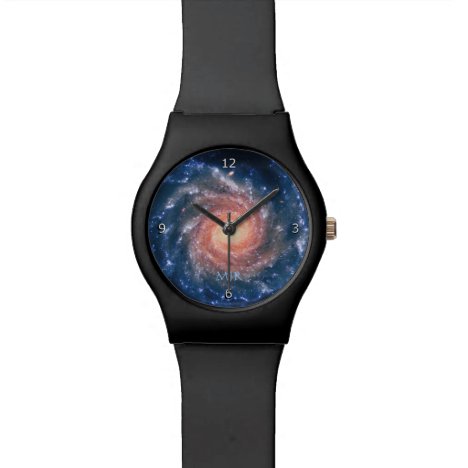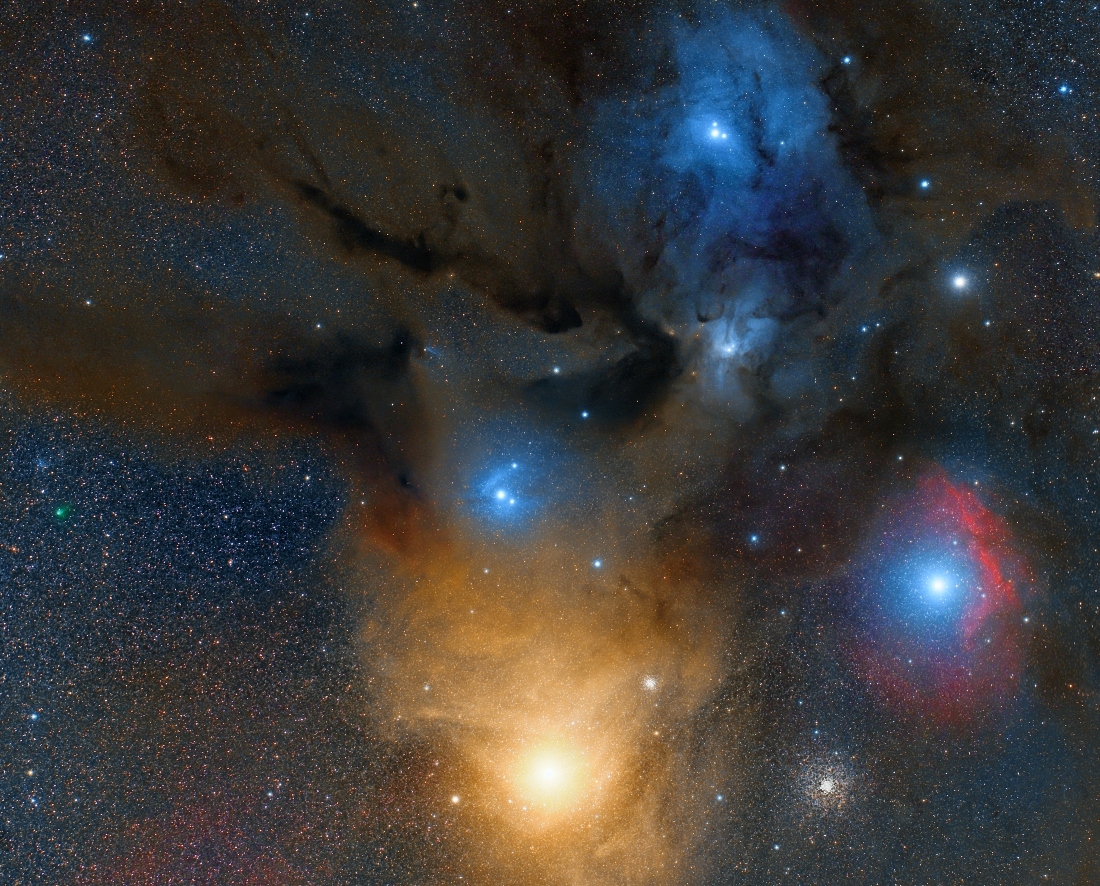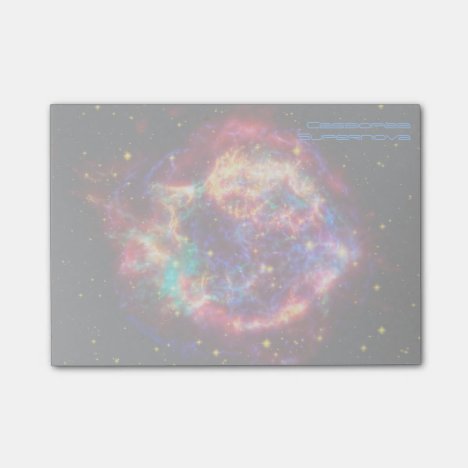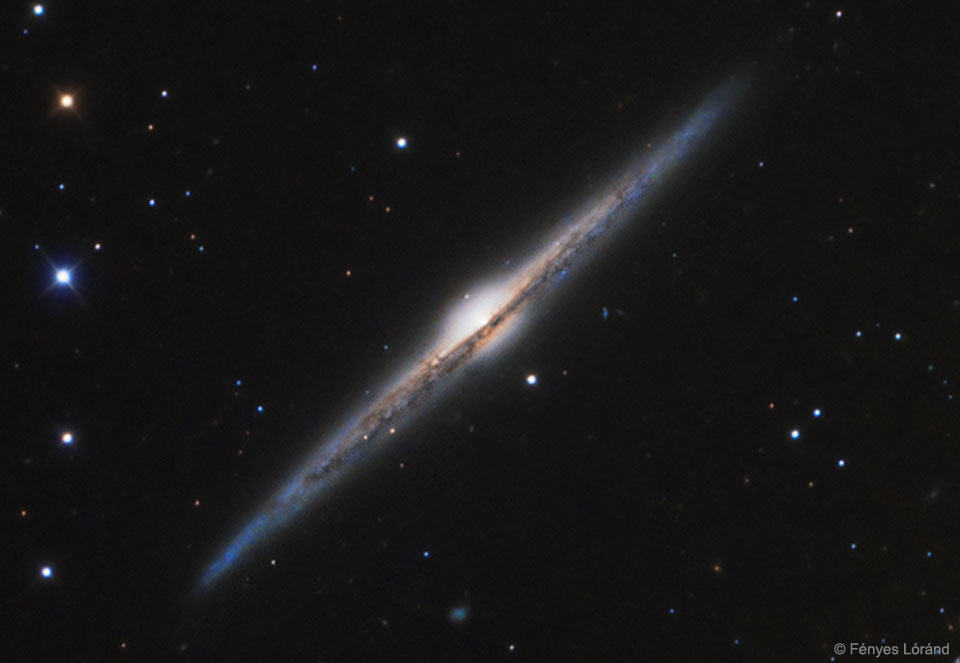more »
Graphenea showed presence at this year’s NanoTech conference and trade show in Washington, DC. The world’s largest nanotech event was co-located with the National Innovation Summit, the National SBIR/STTR Conference, and TechConnect 2017, which made for the largest global meeting on physical and life sciences. Graphenea had a booth at the exhibit and CEO Jesus de la Fuente gave a talk on the role of graphene in next-generation lithium-sulfur batteries. Graphene plays a significant role in improving the cathodes of these batteries of the future.

Photo: The Spain pavillion at NanoTech 2017.
Delivering application-focused research from top international academic, government and private industry labs, NanoTech is an annual event uniquely designed to identify new technology trends, development tools, product opportunities, R&D collaborations, and commercialization partners. The co-located TechConnect strives to accelerate the commercialization of innovations out of the lab and into industry. The Technical Program spotlights applications focused innovations, materials and devices emerging from industrial, government and academic labs worldwide. The Innovation Partnering Program gathers market-ready, commercially-viable innovations into the largest global technology accelerator program.
Graphenea is always glad to participate in events that bring together innovators, funding agencies, national and federal labs, international research organizations, universities, tech transfer offices and investment and corporate partners. Such cross-sectoral meetings are necessary in today’s connected world and offer a good opportunity to find common interests between technology stakeholders.

Photo: Nanotech 2017 - a busy meeting place.
via Graphenea

